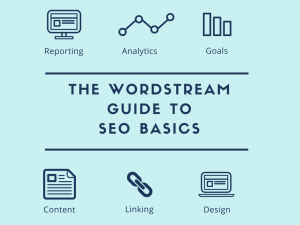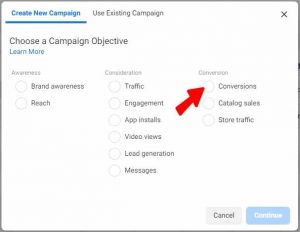Ask yourself, as a professional seller, do you listen? I mean, do you really listen?
Before you respond, buyers do not think so. Each year Forrester, in their Executive Buyer Study, ask the question Thinking of a typical meeting with your vendor sales team (or person) how would you characterise their interactions? The data is sobering. Eight out of ten believe that the meeting agenda is driven from the seller’s perspective rather than theirs. A third believe that their seller is only really listening for a key word or two so that they can launch into a sales pitch.
The challenge with social and digital networks is to cut through the enormous scale. In a single minute thirty hours of video is uploaded to YouTube, one hundred thousand new tweets are posted and over one hundred new LinkedIn accounts are created. There is a lot of noise surrounding those valuable signals. Many feel overwhelmed by the sheer volume. However, as a wise man said, the problem is not information overload. It is filter failure.
The right tools will allow you to listen for important insights from customers, markets and thought leaders whilst filtering out the superfluous or irrelevant.
Listen for Social Signals
In an online, social and digital world, your buyer’s needs are transparent. They are talking about their business requirements, asking questions, reaching out to their peers in plain view. It is what author and blogger John Stepper calls Working Out Loud.
Business buyers now carry out more than half of their decision making process before they contact a seller. This does not mean that sellers should wait for the phone or the website contact form. Instead we should be where our customers are so that we understand them and we, in turn, become familiar to them. This way, when we do connect it will be warm rather than cold. We should be listening for buying signals such as senior management changes, growth and expansion and changes in strategic direction.
Consider the types of signals you should be looking for. What would indicate that the customer could need your help?
A new Chief Financial Officer (CFO) is likely to review financial planning, management reporting, audit and compliance systems in their first one hundred days. If you sell to any of those requirements then news of a new CFO will be an opportunity for a well-timed, well-received conversation.
Every product and service has its own signals. A business that sells digital homeworking solutions might find signals in news about local traffic congestion. A company that sells advertising might find signals about new products. However, your interest in your customers will need to expand beyond the point at which they will buy.
Successful relationships with customers are more than transactional. They don’t begin or end with a deal. You will interact with customers far more often than you will transact with them.
What are social signals. Here are some examples.
Firstly, change signals providing opportunities to serve.
- Organisational change
- Leadership change
- Changes to markets or competition
- New legislation
- Relationships and partnerships
Secondly, interaction signals, providing opportunities to interact.
- All the change signals
- Awards
- Events, incidents and accidents
- Local community news
- Sponsorships, charitable contributions
- Individual (career changes, for example)
Top Tip
Before you join a LinkedIn group look beyond its size and subject, check the demographics including typical industry, seniority and corporate function first.
Make your Listening Routine
Social signals are occurring all day and every day so listening should be frequent but brief, little and often. With the right tools this can be built into your working rhythm to minimise the time you invest. As your use of social approaches improve you will find that you spend less time on traditional research and less time on interrupting customers that are not ready or not interested. Using some of this time to listen instead is an investment in your future success. That being said, you should be organised and efficient in your listening.
Places to Listen
News. News is often overlooked as a source of insight but not everything can be found on social platforms. By definition, news is information about recent events and business news is insight about your customers and prospective customers. News, like social media is high volume, so you will need some help from apps which monitor and filter over a million articles a day to ensure professional sales folk see the most relevant.
Blogs. According to the Content Marketing Institute (CMI) and Marketing Profs in their 2014 Benchmarks, Budgets, and Trends reports more than three quarters of B2B marketers are using blogs as part of their marketing approach. Blogs are an excellent way to understand the culture and direction of an organisation.
LinkedIn Groups. Be selective.
Join groups that your customers gravitate towards not just your competitors and peers.
The Twitter Stream. Monitor Twitter Hashtags that you discovered during your market profile. This will identify people and companies that are associated with a particular topic, trend or concept in the markets you serve.
Other social networks. For example, Glassdoor will give you an insight into what employees think of their company, its future and its management team. This will resonate with senior decision makers.
(316)






